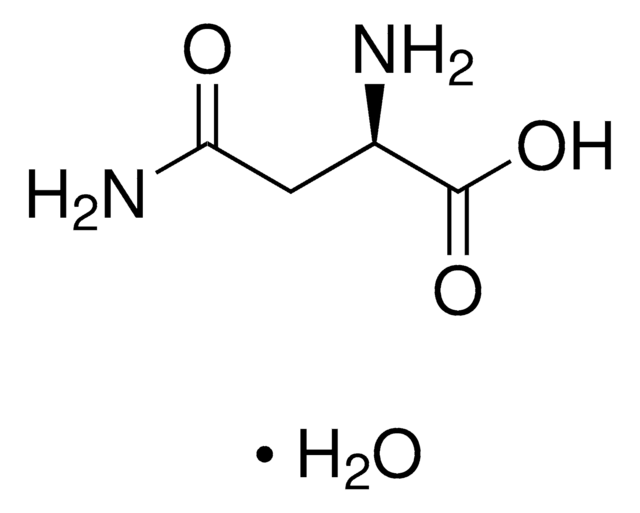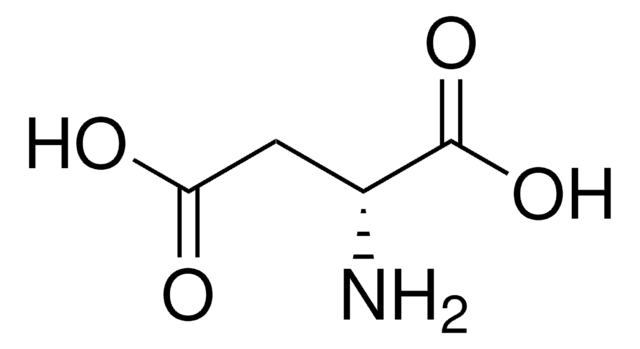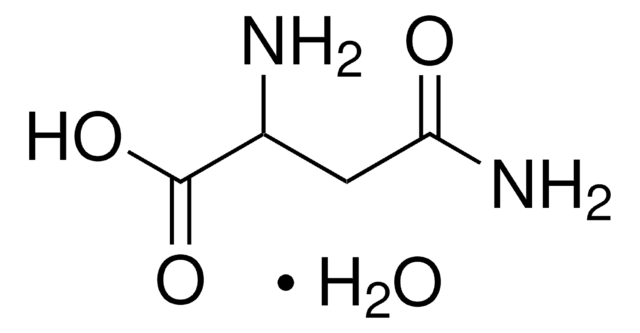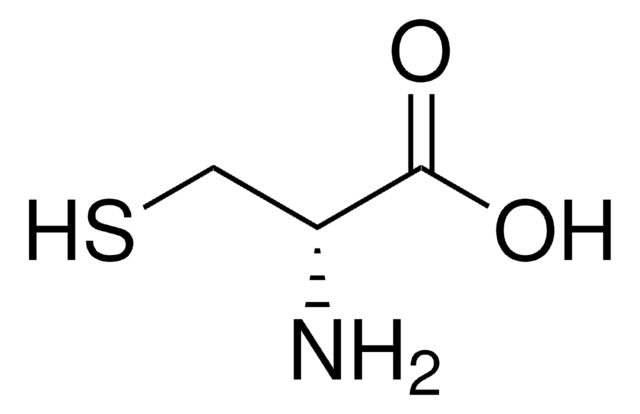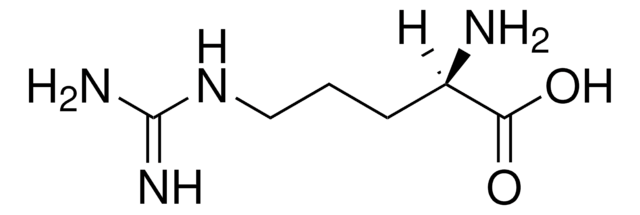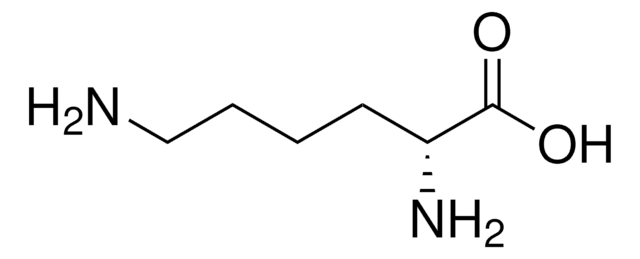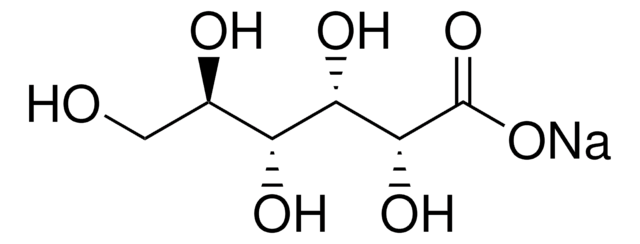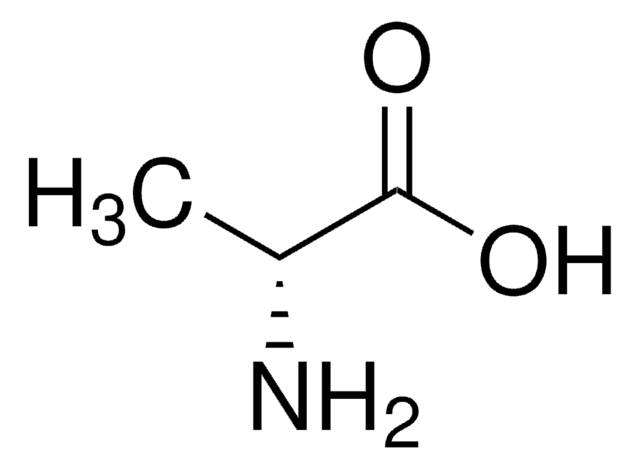441597
D-Asparagine
99%, for peptide synthesis
Synonym(s):
(R)-2-Aminosuccinamic acid, (R)-2-Aminosuccinic acid 4-amide, D-Aspartic acid 4-amide
About This Item
Recommended Products
Product Name
D-Asparagine, 99%
Quality Level
assay
99%
form
solid
optical activity
[α]20/D −35°, c = 5 in 5 M HCl
reaction suitability
reaction type: solution phase peptide synthesis
mp
280 °C (dec.) (lit.)
application(s)
peptide synthesis
SMILES string
N[C@H](CC(N)=O)C(O)=O
InChI
1S/C4H8N2O3/c5-2(4(8)9)1-3(6)7/h2H,1,5H2,(H2,6,7)(H,8,9)/t2-/m1/s1
InChI key
DCXYFEDJOCDNAF-UWTATZPHSA-N
Looking for similar products? Visit Product Comparison Guide
Storage Class
11 - Combustible Solids
wgk_germany
WGK 1
flash_point_f
Not applicable
flash_point_c
Not applicable
ppe
Eyeshields, Gloves, type N95 (US)
Choose from one of the most recent versions:
Already Own This Product?
Find documentation for the products that you have recently purchased in the Document Library.
Customers Also Viewed
Chromatograms
application for HPLCGlobal Trade Item Number
| SKU | GTIN |
|---|---|
| 441597-100G | |
| 441597-25G | 4061832282060 |
Our team of scientists has experience in all areas of research including Life Science, Material Science, Chemical Synthesis, Chromatography, Analytical and many others.
Contact Technical Service

